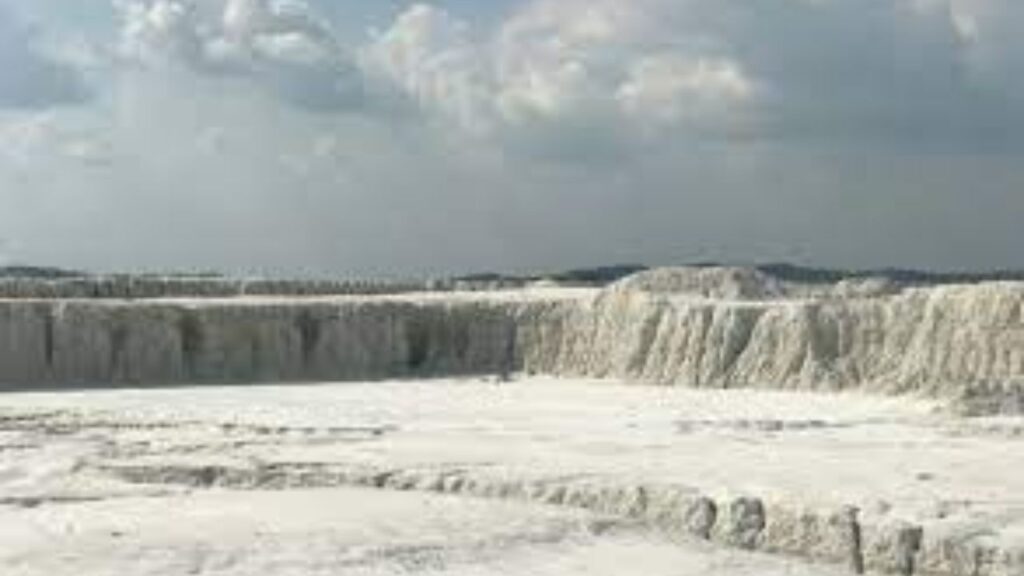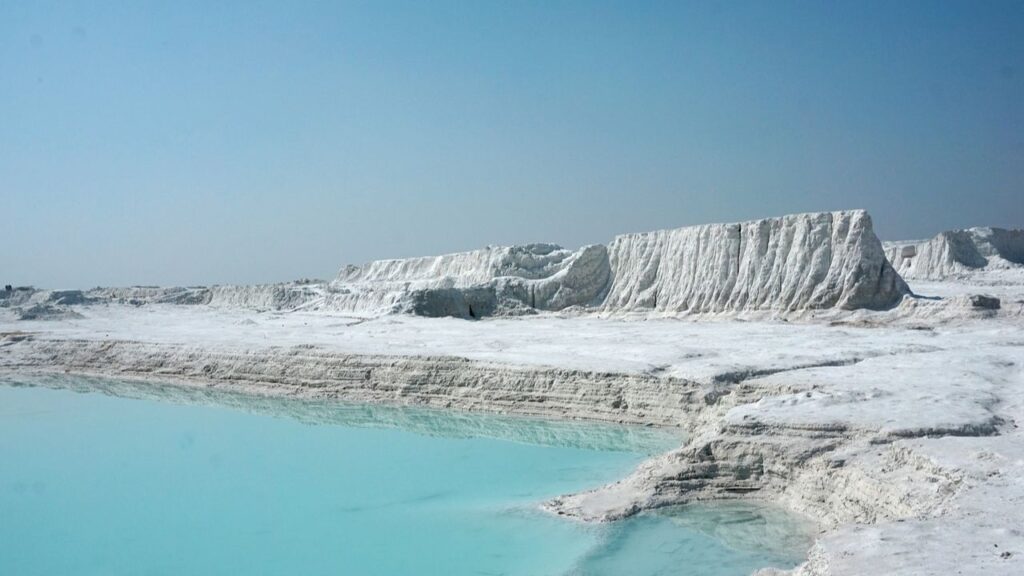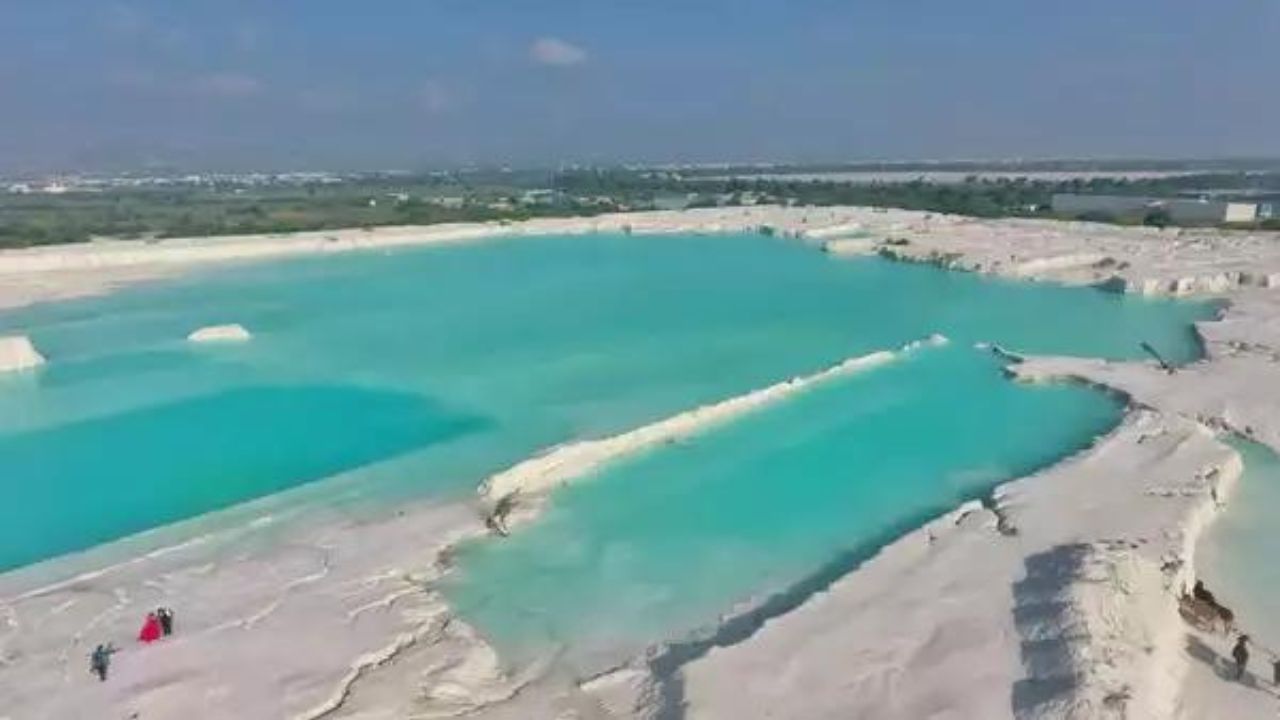Introduction
Jaipur, the Pink City, has long been celebrated for its rich cultural heritage and breathtaking architecture. Yet, amidst the grandeur, there lies a less-explored reality – the marble dumping yard situated on the city’s outskirts. This unassuming area, often overshadowed by the city’s majestic palaces, is a crucial component of Jaipur’s thriving marble industry. However, it raises pressing concerns regarding environmental impact, sustainable waste management, and the well-being of local communities. This article delves deeper into the challenges posed by the marble dumping yard near Jaipur, shedding light on the intricate web of commerce, environment, and community dynamics.
The Marble Industry: A Pillar of Jaipur’s Economy
Jaipur’s marble industry is the lifeblood of the city’s economic prosperity, contributing significantly to its cultural identity. The city serves as a major center for marble processing, attracting skilled artisans and businesses engaged in the creation of intricate sculptures, decorative items, and architectural marvels. However, the exponential growth of this industry has given rise to a parallel challenge – the responsible management of the substantial marble waste generated, leading to the establishment of dumping yards on the city’s outskirts.
Environmental Implications: A Visual Scar on the Landscape

While the marble dumping yard serves a functional purpose, its impact on the environment cannot be ignored. The sheer volume of discarded marble creates a visible scar on the landscape, challenging the aesthetic appeal of the surrounding areas. Furthermore, the improper disposal of marble waste poses a significant risk of soil and water contamination, raising concerns about its long-term impact on local ecosystems and biodiversity.
Air Quality Challenges
In addition to the environmental and aesthetic concerns, the marble dumping yard near Jaipur contributes to air quality issues. The process of handling and dumping marble waste generates dust and particulate matter, which can have adverse effects on respiratory health. The potential health implications of prolonged exposure to airborne pollutants necessitate a closer examination of the air quality in the vicinity and the development of strategies to mitigate these impacts.
Community Perspectives: Balancing Economic Growth and Well-being
The proximity of the marble dumping yard to local communities raises questions about the delicate balance between economic growth and community well-being. Residents in the surrounding areas contend with the consequences of poor waste management, including unpleasant odors, noise pollution, and compromised air quality. The adverse impact on their quality of life emphasizes the urgency of adopting a balanced approach that addresses both economic interests and the well-being of the communities directly affected.
Sustainable Waste Management Solutions: A Path to Environmental Harmony

To effectively address the challenges posed by the marble dumping yard, there is a need for comprehensive and sustainable waste management solutions. Initiatives such as recycling and repurposing can play a pivotal role in reducing the environmental footprint of the marble industry. Collaborative efforts between the government, industry stakeholders, and local communities are essential to implement effective waste management practices that prioritize environmental sustainability.
Community Engagement and Awareness: Empowering Change
Engaging local communities in the decision-making process is a critical step toward finding sustainable solutions. By fostering a sense of environmental responsibility, communities can actively participate in advocating for cleaner and more sustainable practices within the marble industry. Education and awareness campaigns can empower residents to champion positive change, creating a collective force that promotes responsible waste management practices.
Conclusion
The marble dumping yard near Jaipur, though not a prominent feature in the city’s narrative, serves as a microcosm of the challenges associated with rapid industrial growth. As Jaipur continues to evolve, finding a delicate balance between economic development and environmental conservation becomes paramount. Through responsible waste management practices, community engagement, and increased awareness, Jaipur can transform the marble dumping yard into a symbol of sustainable progress, where economic prosperity coexists harmoniously with environmental preservation.








